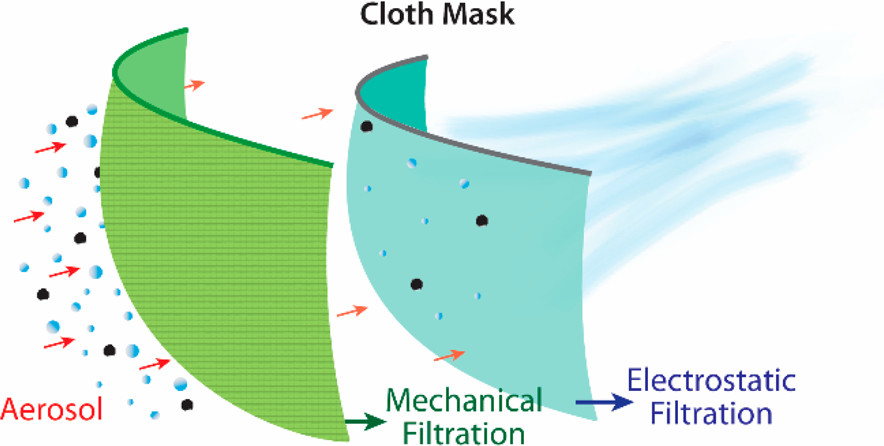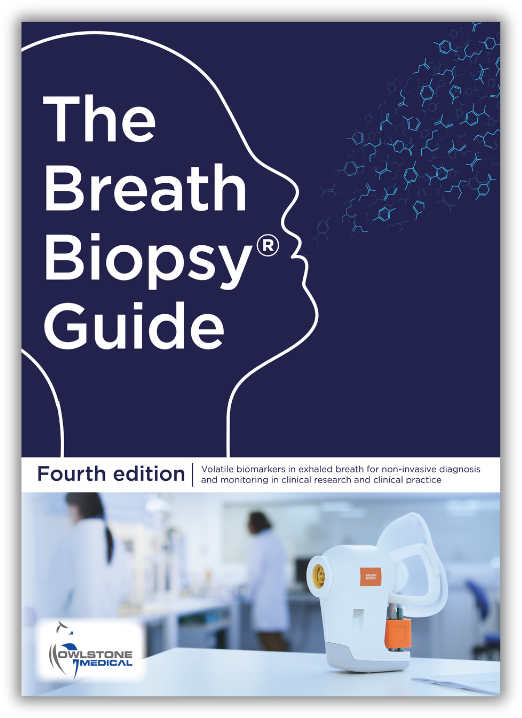Cloth masks on disease transmission via respiratory droplets
Published on: 26 May 2020
In recent months, the relationship between viral infections and breath has been thrown into the spotlight by the spread of COVID-19. As a pathogen that primarily infects the lungs and that is thought to be spread through exhaled droplets in the air, the role of breath in transmitting the infection has been of critical interest.
Over the past few weeks, governments across the world have announced different guidelines regarding face coverings. Although relatively common in Asian countries, face mask use in Western countries was relatively rare until the COVID-19 pandemic. As lockdown measures ease worldwide, face masks seem likely to become more common as a means to reduce viral transmission [1] via respiratory droplets.
Due to the sudden increase in demand for face masks as a result of the pandemic, many health workers have found themselves with alarmingly low stocks of surgical masks. As a result, most countries have advised the public not to purchase surgical masks, and many have responded by making their own at home. This need for face masks both for the public and for frontline healthcare workers has led to an increased interest in identifying other materials which are effective at presenting virus transmission.
A recent study carried out in the Center for Nanoscale Materials (CNM) at Argonne National Laboratory (Illinois) [2] looked at the filtration efficiencies of cotton, silk, chiffon, flannel, various synthetics, and their combinations. They found that the filtration efficiencies of a single layer of these fabrics was between 5% and 80% for particle sizes of less than 300 nm, and 5% and 95% for particles over 300 nm. For comparison, the COVID-19 virus is reported as being less than 125 nm across, while other viruses range from 20-400 nm and bacteria from 200-2000 nm.

The filtration efficiencies improved when using multiple layers and when specific combinations of different fabrics were used. Hybrids such as cotton-silk, cotton-shiffon and cotton-flannel recorded a filtration efficiency of >80% and >90% for particles <300 nm and >300 nm respectively. The authors speculate that the improved filtration efficiency of the hybrids is likely to be due to the different properties of the fabrics used – high thread count cotton provides mechanical filtration, whilst fabrics such as silk, chiffon and flannel can be electrostatically charged and provide electrostatic filtration.

The authors also noted that when using face masks to control virus transmission, it is important to ensure correct fitting as “improper fitting of the mask can result in a 60% decrease in the filtration efficiency” [2].
To find out more about integrating breath sampling into COVID-19 research click here.
References
- Leung et al. (2020) Surgical face masks help to prevent spread of respiratory viruses via respiratory droplets in exhaled breath. DOI: 10.5061/dryad.w9ghx3fkt
- Konda et al. (2020) Aerosol filtration efficiency of common fabrics used in respiratory cloth masks. DOI: 10.1021/acsnano.0c03252
Download the Breath Biopsy Guide to learn about breath biomarkers and their applications

